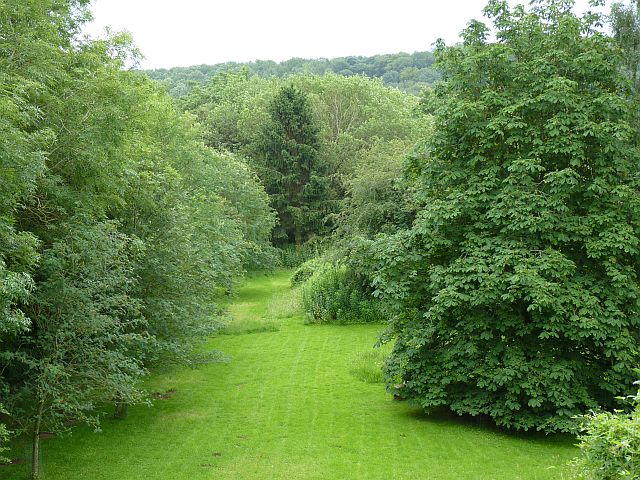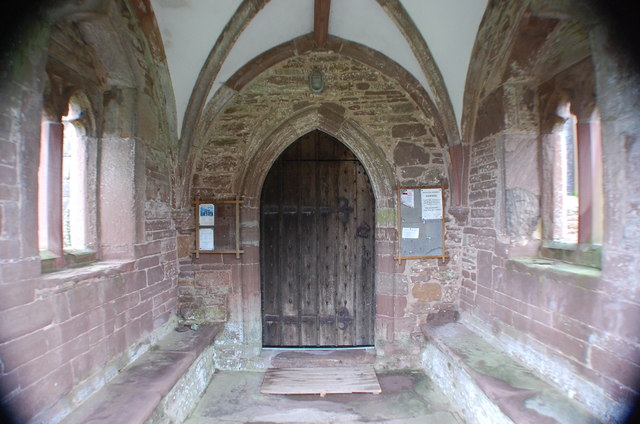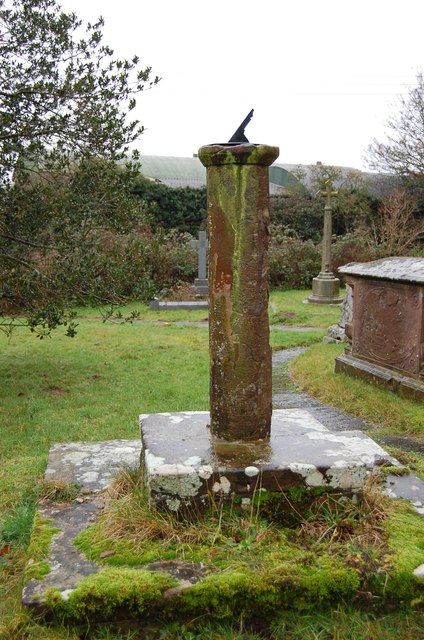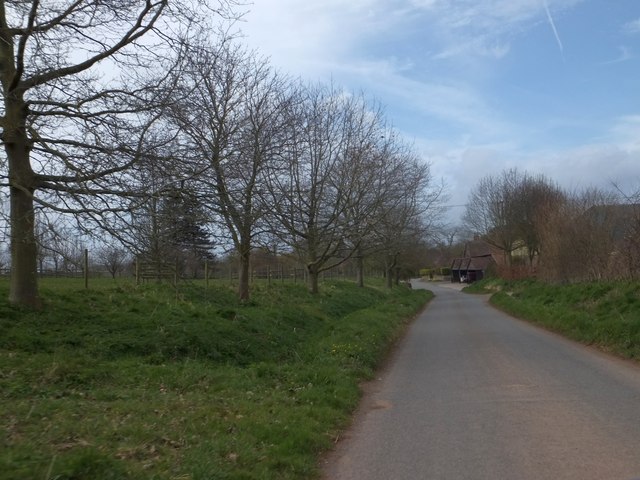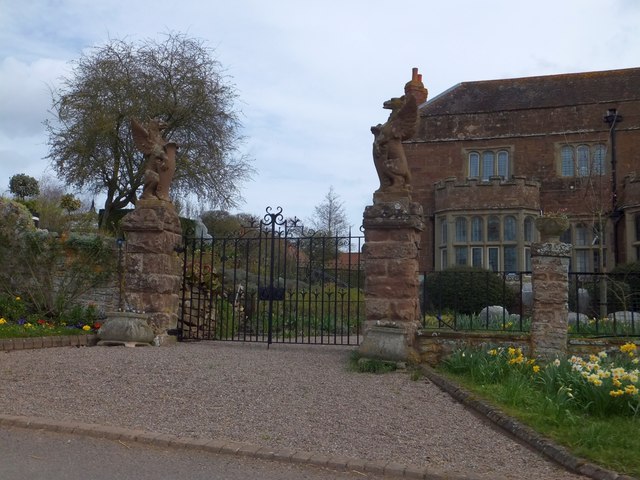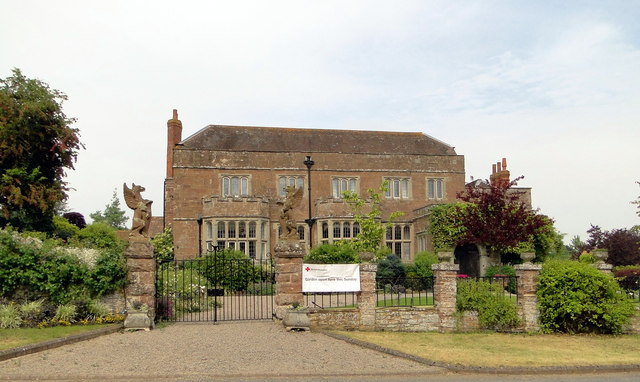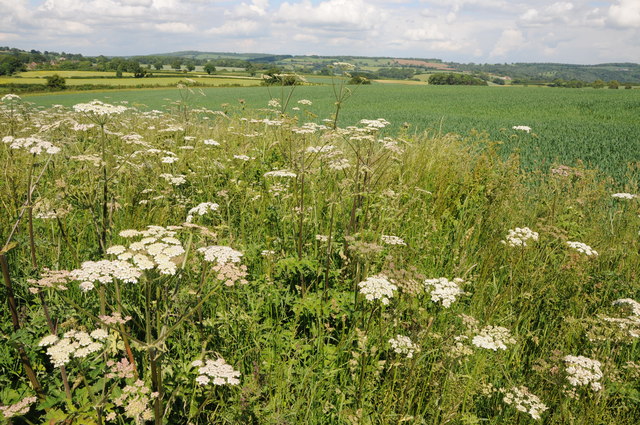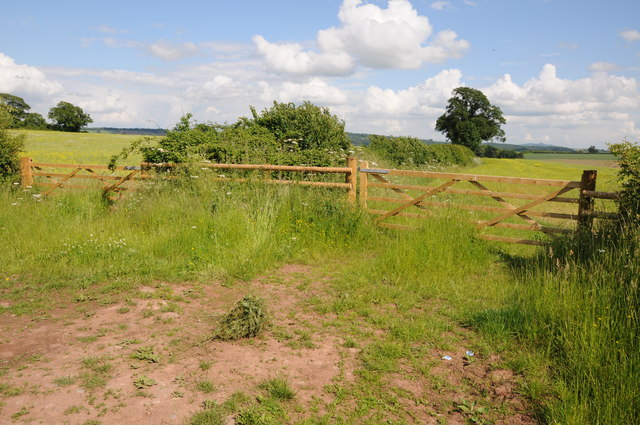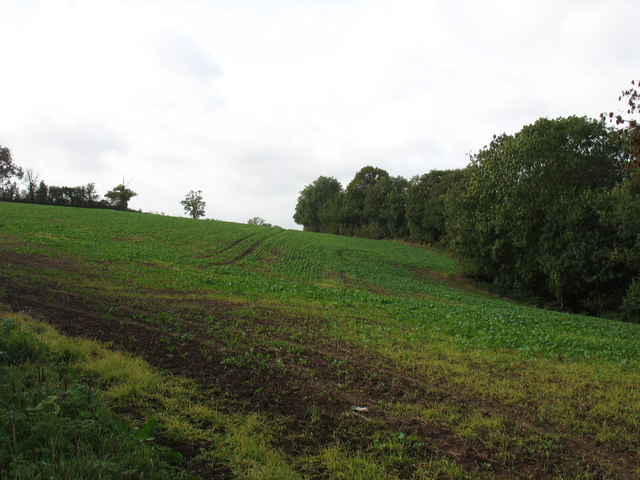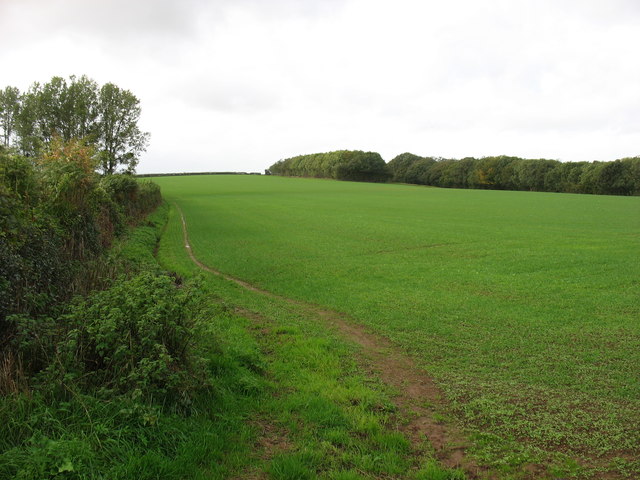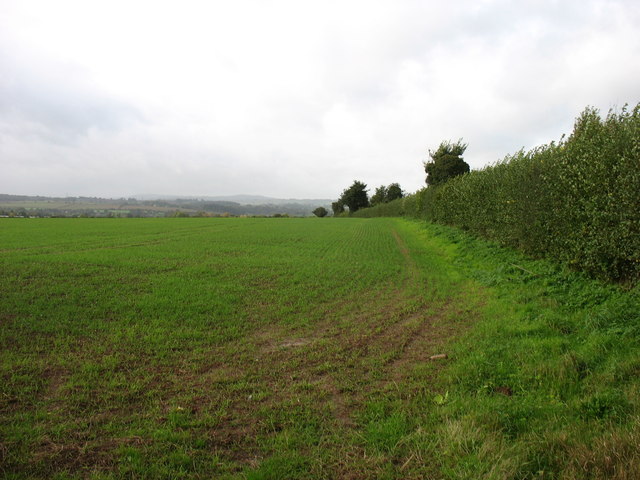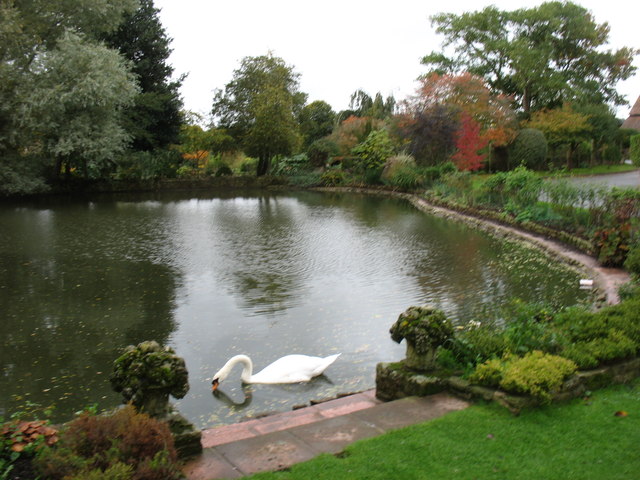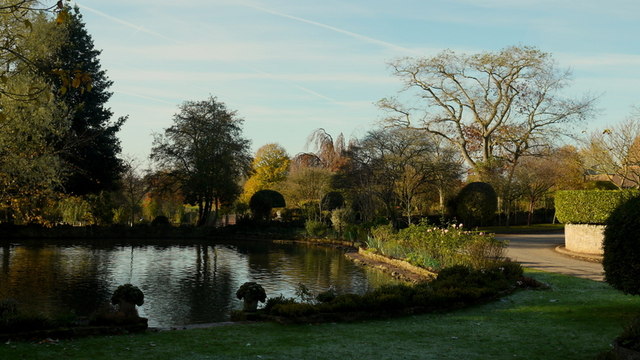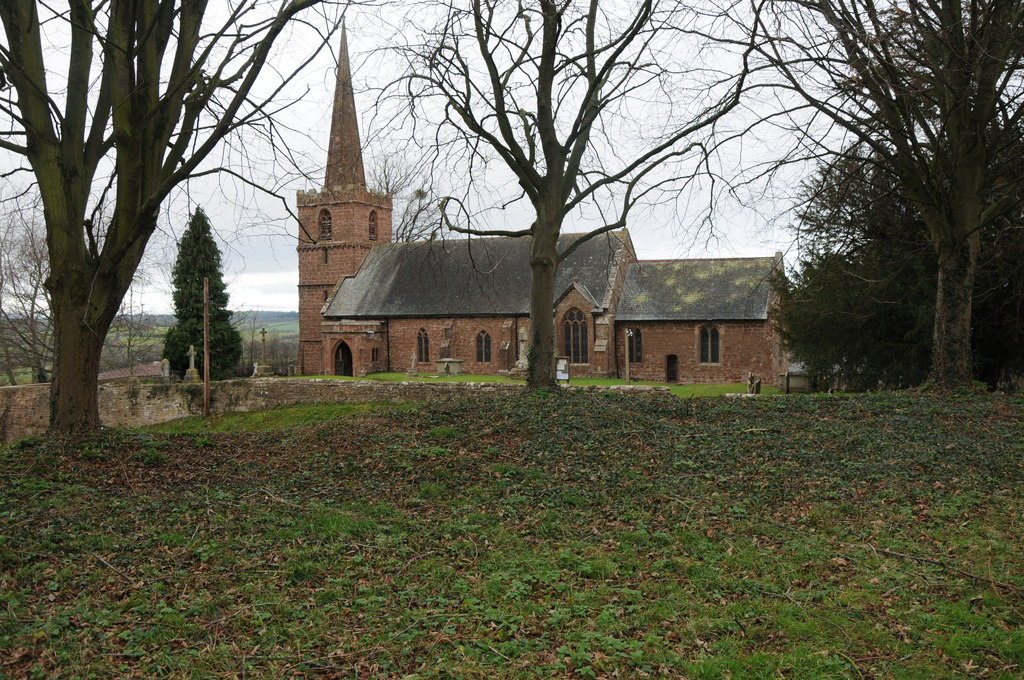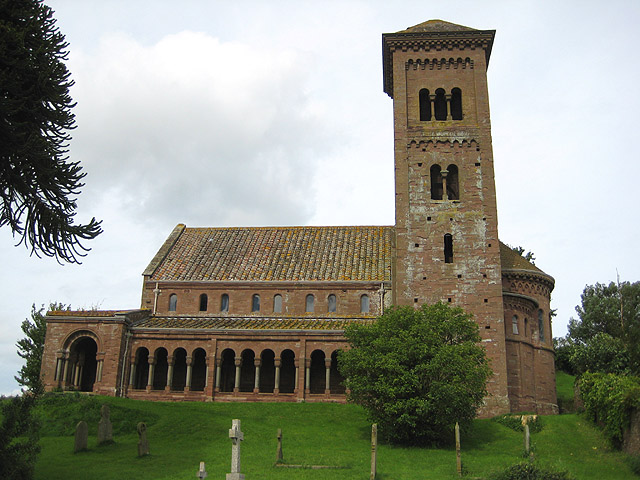Aramstone Wood
Wood, Forest in Herefordshire
England
Aramstone Wood
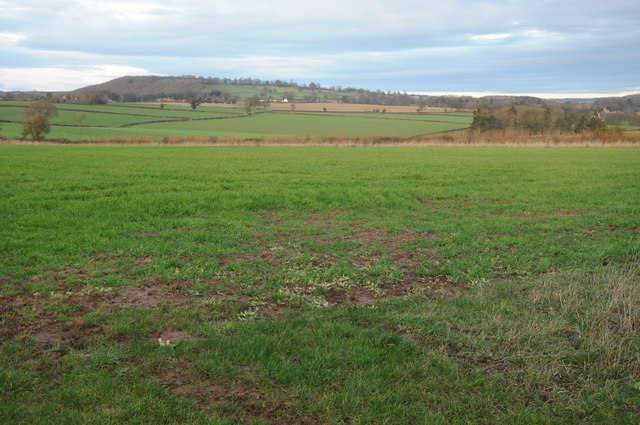
Aramstone Wood, located in Herefordshire, is a picturesque woodland area that covers a vast expanse of approximately 200 acres. This enchanting forest is renowned for its diverse range of flora and fauna, making it a popular destination for nature enthusiasts and hikers alike.
The woodland is primarily composed of a mixture of deciduous and coniferous trees, such as oak, beech, and pine, creating a stunning tapestry of greenery throughout the year. The trees provide a dense canopy, which offers shelter to a variety of wildlife species including deer, badgers, foxes, and a myriad of bird species.
Tranquil walking trails wind their way through the wood, giving visitors the opportunity to immerse themselves in the beauty of nature. These paths are well-maintained and suitable for all ages and abilities, ensuring that everyone can enjoy the peaceful atmosphere and natural wonders that Aramstone Wood has to offer.
The wood also boasts a small river that meanders through its heart, providing a serene backdrop and adding to the overall charm of the area. The river is home to an abundance of aquatic life, including small fish and amphibians.
Aramstone Wood is a haven for wildlife enthusiasts and photographers, with its diverse range of habitats and stunning scenery. Whether one is seeking solitude or an educational experience, this beautiful woodland in Herefordshire offers a truly immersive and memorable natural experience.
If you have any feedback on the listing, please let us know in the comments section below.
Aramstone Wood Images
Images are sourced within 2km of 51.9705/-2.6335298 or Grid Reference SO5630. Thanks to Geograph Open Source API. All images are credited.
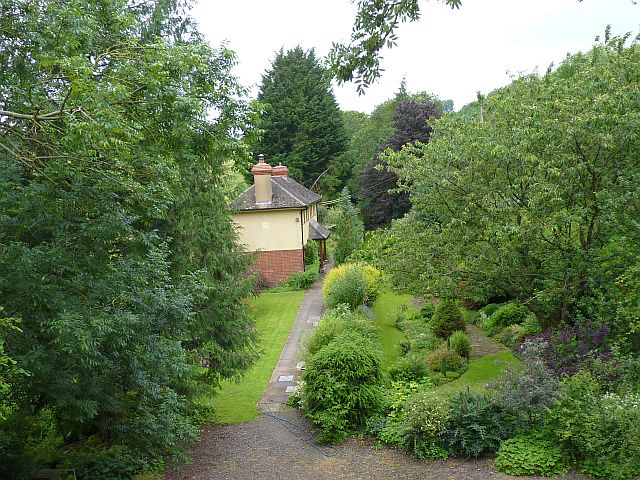
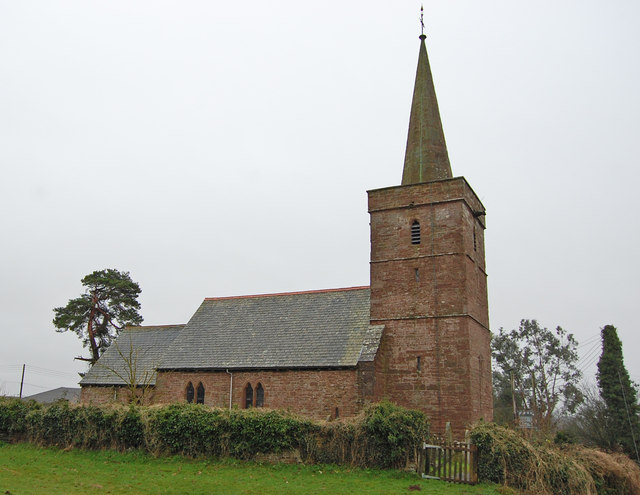
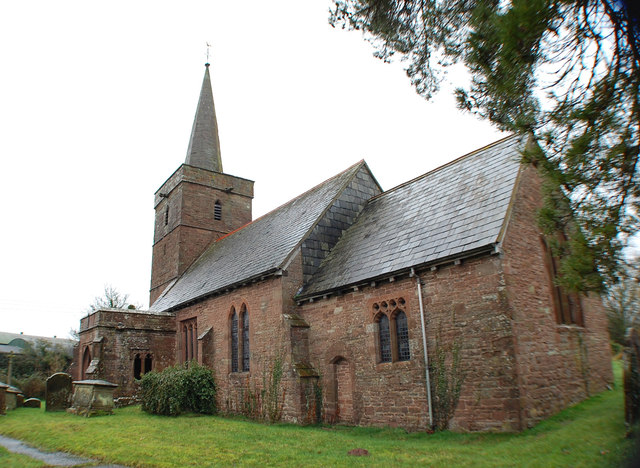
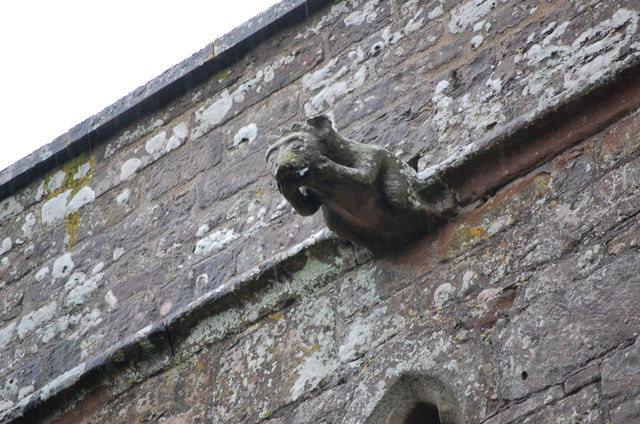
Aramstone Wood is located at Grid Ref: SO5630 (Lat: 51.9705, Lng: -2.6335298)
Unitary Authority: County of Herefordshire
Police Authority: West Mercia
What 3 Words
///person.utensil.mirroring. Near Sellack, Herefordshire
Nearby Locations
Related Wikis
Ballingham Railway Bridge
Ballingham Railway Bridge (also known as Fawley Viaduct) was a railway bridge over the River Wye, built by the Hereford, Ross and Gloucester Railway. It...
Ballingham railway station
Ballingham railway station is a disused stone built railway station that served the villages of Ballingham and Carey in Herefordshire on the Hereford,...
Pen-allt
Pen-allt is a village within the parish of King's Caple in Herefordshire, England. == External links == Map sources for Pen-allt
Fawley railway station (Hereford, Ross and Gloucester Railway)
Fawley railway station is a disused stone built railway station that served the village of King's Caple in Herefordshire on Hereford, Ross and Gloucester...
Ballingham
Ballingham is a small village of about 140 people, increasing to 181 at the 2011 Census in Herefordshire, England, situated in a loop of the River Wye...
King's Caple
Kings Caple is a village in the largest loop of the River Wye between Hereford and Ross-on-Wye in the English county of Herefordshire. The population of...
St Catherine's Church, Hoarwithy
The Church of St Catherine is a Church of England parish church at Hoarwithy in the English county of Herefordshire. Alan Brooks and Nikolaus Pevsner,...
Hoarwithy, Herefordshire
Hoarwithy is a small village in the civil parish of Hentland, and on the River Wye in Herefordshire, England. It is known for its church of St Catherine...
Nearby Amenities
Located within 500m of 51.9705,-2.6335298Have you been to Aramstone Wood?
Leave your review of Aramstone Wood below (or comments, questions and feedback).
